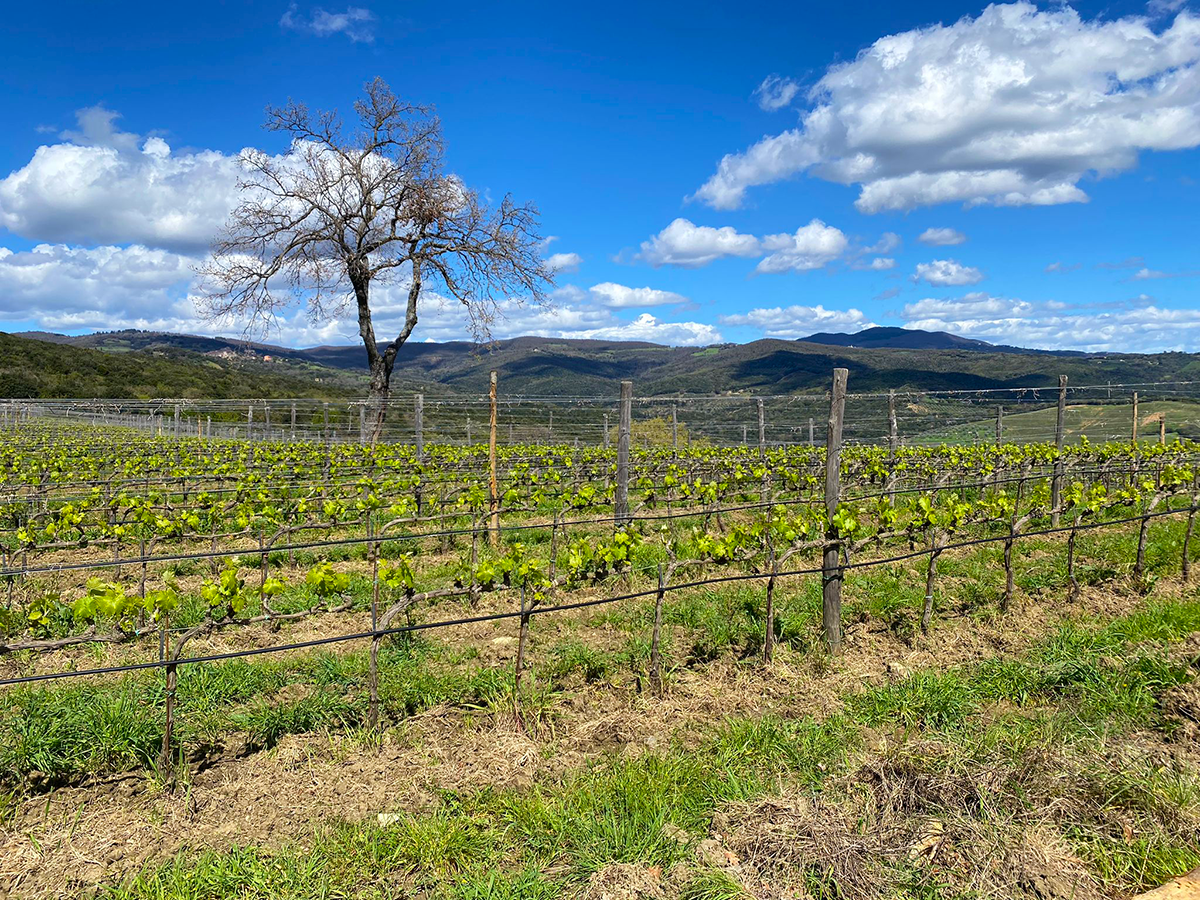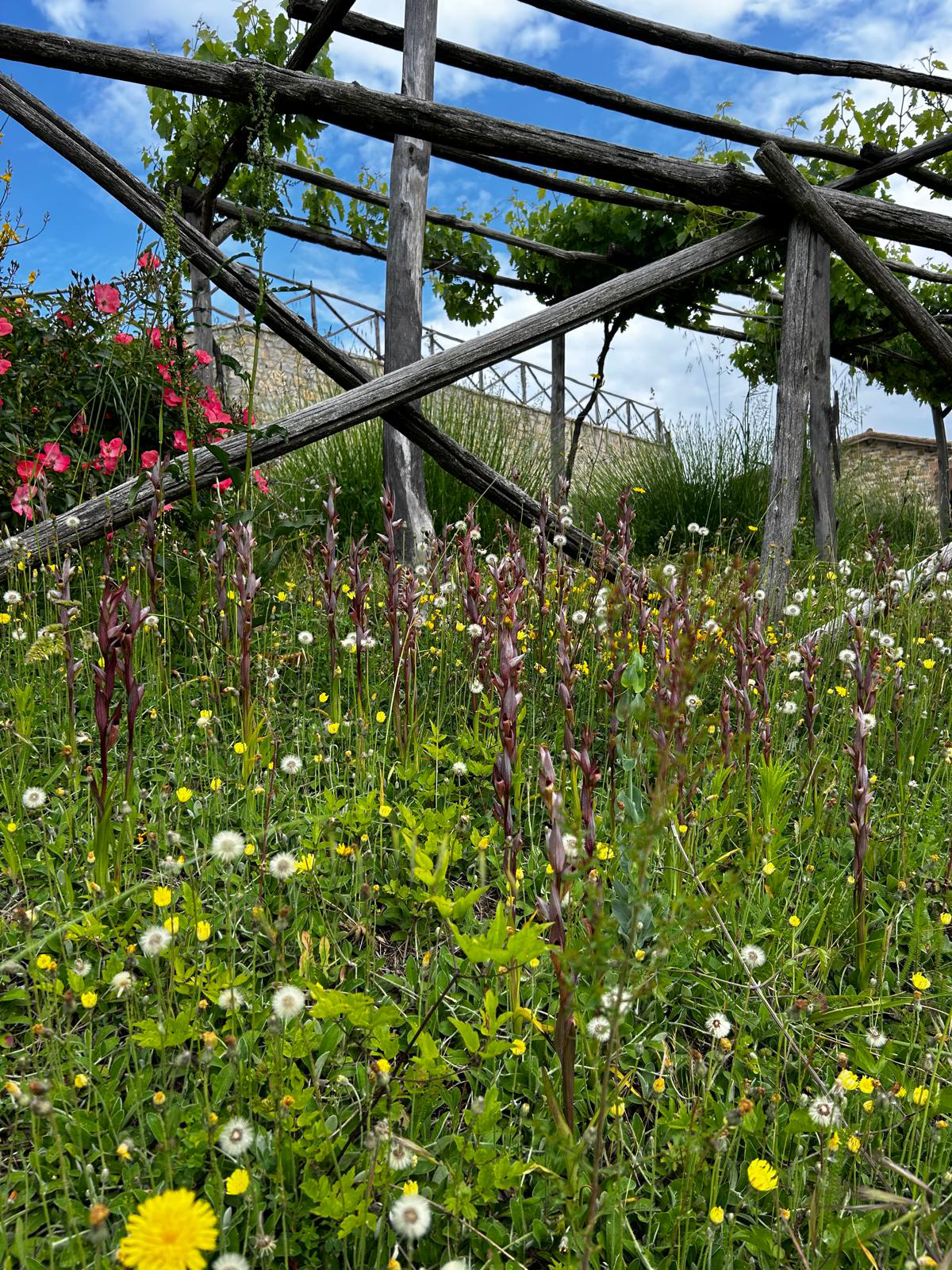“Everything you can imagine, nature has already created.”
Albert Einstein
9 July 2024
2024 Vintage in Italy:
data from the first 6 months
According to Drought Central, the start of the 2024 global year was the warmest ever with an anomaly of +1.52°C compared to the last 12 months.
In Italy, temperatures remained at or slightly above average. Rainfall was above average in most of Europe with the exception of some areas in central and southern Italy. Sicily is the region with the most serious situation, with the declaration of a ‘state of severe drought natural disaster for the entire regional territory’ on 9 February. The Eastern Alps have the smallest deficit (-29%) in terms of snow precipitation, with -40% compared to the 2011-2022 average.
Watercourses and lakes in northern Italy reached values above the filling averages for the period, while in the south the situation remains worrying. March and April also recorded a temperature anomaly of +1.68°C and +1.58°C respectively, making it the second warmest March and April on record globally.
May was also very warm compared to the average and was the eleventh consecutive month with a temperature anomaly of 1.5°C or more.
Rainfall continued to be abundant in central and northern Italy. Sicily, on the other hand, continued to suffer from drought, with an average reservoir filling of 30% and a minimum hydroelectric production with values comparable to the lowest production period of the year.

Vintage 2024: vine phenology
From a phenological perspective, budburst in the 2024 season began early. By the end of March, early-bursting varieties had already reached the three fully unfolded leaves stage, while later-bursting ones were between budbreak and the first unfolded leaf stage.
With the rise in temperatures in early to mid-April, budburst accelerated, and within one week, shoots developed two to three leaves. Starting April 15, a drop in temperature once again slowed vegetative growth, and in some cases caused a complete standstill.
A renewed acceleration at the end of April allowed early-bursting varieties to reach five to eight unfolded leaves.
Flowering began almost 15 days earlier than average (on May 20), but lasted longer than usual, ending around June 10 for late varieties. In some cases, flowering did not occur under optimal conditions of light, humidity, and temperature, resulting in a fruit set rate lower than the average.
Berry growth is currently complete in early-ripening varieties, and in a few rare cases, the first berries entering veraison have already been observed.

2024 vintage: adversities
At the phytopathological level with regard to downy mildew, in the 2024 vintage the first infections appeared in mid-April in various Italian regions, including Friuli and Tuscany, and were therefore attributable to the rain of 31 March – 1 April.
New infections also appeared on leaves and inflorescences throughout the month of May, also quite virulently and with the appearance of localised secondary infections in foci. From the end of May, infections also appeared on bunches, which became increasingly aggressive, with an explosion of infections in mid-June, both on bunches and on leaves.
As far as powdery mildew infections are concerned, the first symptoms appeared in mid-May, with even very intense attacks on leaves in the historically affected hillside vineyards. Thereafter, the situation stabilised with very few infections until the following month. From June, the first conidia infections on bunches were found, which gradually increased in all areas between the Upper Adriatic and Central Italy.









